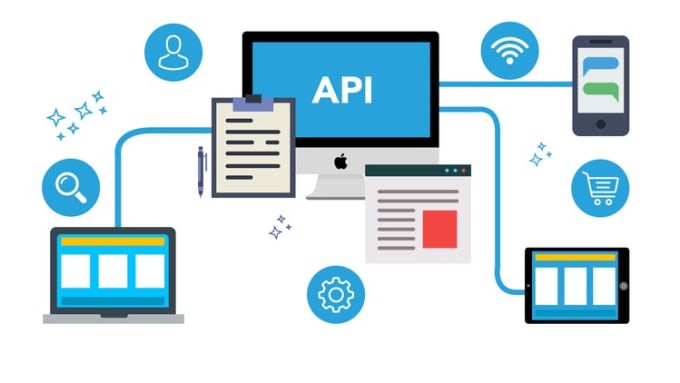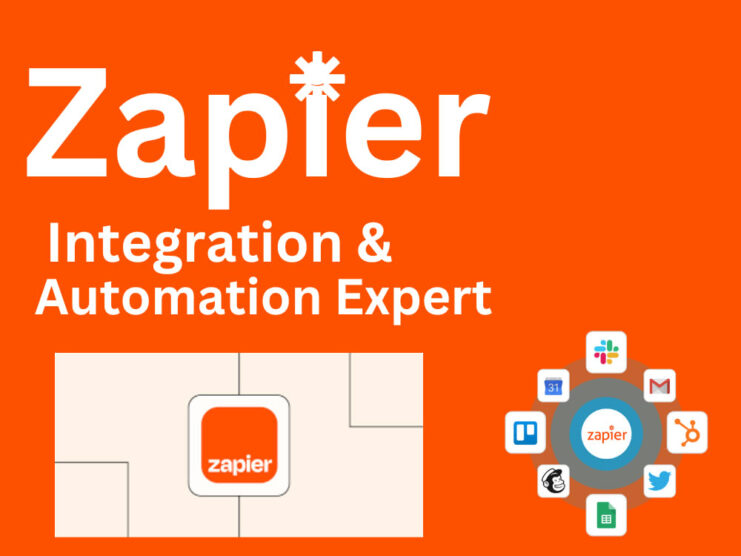In today’s swiftly changing realm of technology, Application Programming Interfaces (APIs) have risen to prominence as the fundamental building block of modern software development. APIs facilitate seamless communication and data sharing between various software systems, empowering developers to craft robust and interconnected applications. Choosing the appropriate tools and platforms for API integration is essential for the triumph of any project. This article will explore the essential factors to consider when selecting the right tools and platforms for integrating APIs that align with your project’s objectives.
Understanding API Integration

API integration seamlessly connects various software components, applications, or systems to collaborate effectively. When developing a web application, mobile app, or enterprise solution, selecting appropriate API integration tools and platforms is crucial in determining your project’s efficiency, scalability, and functionality.
Key Considerations
Compatibility and Flexibility
Before choosing an API integration tool or platform, ensure it is compatible with your current technology stack. Consider whether the tool is compatible with your project’s programming languages and frameworks. Furthermore, it is advisable to choose API integration services that provide adaptability to accommodate future modifications and enhancements.
Ease of Use
The selected tool needs a user-friendly interface to streamline the integration process. Utilizing a user-friendly tool can effectively minimize the learning curve for your development team and significantly enhance the speed of the overall development process.
Documentation and Support

It is crucial to have thorough documentation and robust developer support. Seek out tools that offer comprehensive documentation, user-friendly tutorials, and a highly responsive support team. By doing this, your team can efficiently resolve any problems and maximize the tool’s potential.
Scalability
Consider the potential for scalability when evaluating the API integration tool or platform. As your project expands, it is essential for the tool to effectively manage higher levels of traffic and data volume while maintaining optimal performance.
Security
Ensuring top-notch security is crucial when integrating APIs, as it entails transferring confidential information. When selecting tools, prioritize those that provide strong security features, including data encryption and authentication mechanisms, to ensure the protection of your data and the privacy of your users.
Performance and Speed

The user experience is directly impacted by the speed at which APIs can process and exchange data. To guarantee a smooth and prompt application, it is essential to prioritize tools that enhance performance and reduce latency.
Customization Options
Each project has its own set of requirements that make it unique. Seek out software development services that offer customization options to adapt the integration process according to your requirements. It is advisable to steer clear of tools that provide a generic solution, as they might need to align with the specific goals of your project.
Cost Considerations
Although there is a wide range of free and open-source integration tools, it’s worth noting that certain advanced features and functionalities may require a financial investment. To determine the most cost-effective option for your project, carefully assess your budget and compare the pricing models of various tools available. This will enable you to identify the one that provides the greatest value.
Popular API Integration Tools and Platforms
Zapier

Zapier is an automation platform that is designed to be user-friendly. It enables you to connect different applications and streamline your workflows effortlessly. This tool is especially beneficial for individuals who are not developers but still wish to incorporate APIs into their projects without coding.
MuleSoft
MuleSoft provides a comprehensive integration platform encompassing diverse tools for creating, developing, and administrating APIs. This solution is ideal for extensive projects that require intricate integration capabilities.
Integrify

Integrify specializes in automating workflows and integrating processes. This option is highly suitable for projects that require intricate business processes and multiple approvals.
Monitoring and Analytics
Effective API integration isn’t just about connecting systems; it’s also about understanding the flow of data and monitoring how well the integration performs. A reliable integration platform should offer monitoring and analytics capabilities. This feature will allow you to track API calls, measure latency, monitor error rates, and assess data throughput. With robust analytics, you can gain insights into potential bottlenecks, inefficiencies, and even detect security threats. When choosing an API integration tool or platform, ensure it provides comprehensive monitoring and analytical capabilities to keep your integrations efficient, secure, and optimized.
Community and Ecosystem
An active community around an API integration tool or platform can be a significant asset. A vibrant community often indicates that the tool is widely accepted and continuously improved upon. These communities can offer a wealth of resources, including plugins, extensions, templates, and best practices. They also serve as a platform for users to share their experiences, challenges, and solutions. When you encounter a challenge or need an integration example, there’s a good chance someone within the community has already addressed it. Hence, considering the community and ecosystem around an integration platform can be crucial for ongoing support and enhancements.
Future-Proofing and Updates

The tech landscape is continually evolving, and so should your API integration tools. It’s essential to consider how frequently and effectively the tool or platform is updated. Does the vendor offer regular updates to address bugs, add new features, or improve performance? How easy is it to apply these updates? A future-proof platform should not only keep pace with the current technological trends but also be adaptable to embrace upcoming innovations. It should be a tool that grows with your needs, ensuring that your integrations remain relevant, efficient, and effective for the long haul.
Conclusion
Selecting the appropriate tools and platforms for API integration is crucial as it can significantly influence the outcome of your project’s success. When deciding on your project, it is important to consider various factors such as compatibility, user-friendliness, documentation, scalability, security, performance, customization, and cost. Considering these aspects, you can make a well-informed choice that aligns with your project’s goals and requirements. By conducting comprehensive research and evaluation, you can guarantee a smooth integration process and achieve a successful project outcome, whether you choose user-friendly tools like Zapier or robust platforms like MuleSoft.

